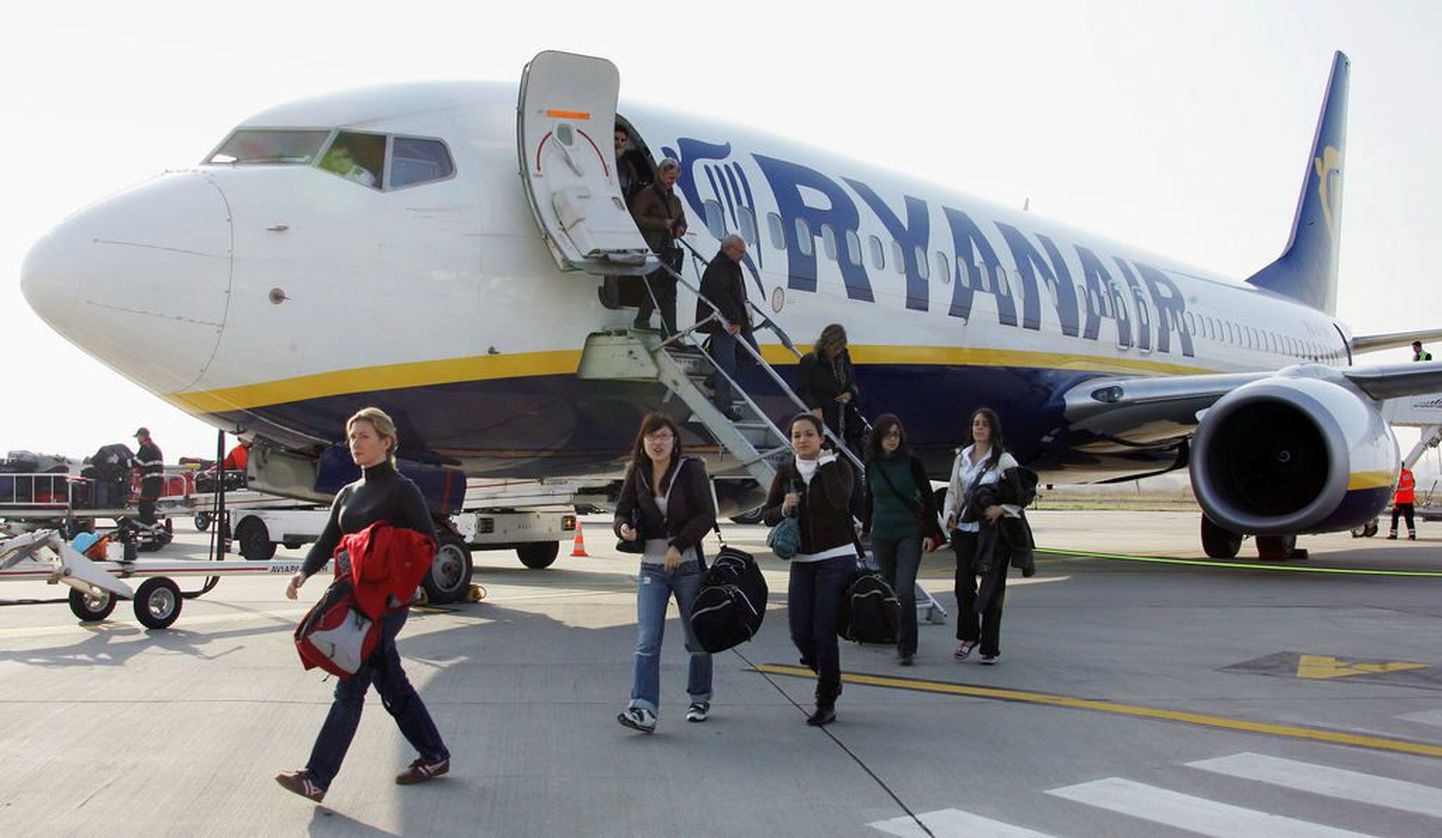
Over the past years, immigration into Estonia, including return of emigrants, has been on the increase – as revealed by Statistical Office analysis.

Over the past years, immigration into Estonia, including return of emigrants, has been on the increase – as revealed by Statistical Office analysis.
According to 2011 Census, Estonia’s population included 28,000 people who had moved here from abroad during the past 11 years. 51 per cent of those i.e. 14,400 people had been born in Estonia, having returned to their homeland.
Numbers of immigrants were the lowest at the peak of the economic crisis, in 2009 – slightly under 2,500. A year after that, the number rose to 3000; in 2011, close to 4,600 arrived. About a half of these were people returning to Estonia – in 2009, returners amounted to about 1,300; in 2010 to 1,500 and in 2011 close to 2,400.
Lion’s share of those returning is in their 20ies. Among children, most are under the age of one year: repatriating families bringing along their offspring born abroad.
Over the period observed, numbers of immigrating children increased also: in the second half of 2000ies, numbers of children under one years of age greatly exceeded the beginning of the period. The percentage of children up to the age of 9 is largest among those arriving from Finland, USA, UK, Germany and Sweden.
In comparison to other countries, more people aged 40 to 70 have arrived from Sweden.
Among people returning to Estonia, those with higher education greatly exceed the national average. The difference with total population usually falls within 10 percent. Among those aged 35-39, close to 60 per cent of returners have higher education, while total population’s corresponding level is about 40 per cent.
Also: foreign language skills greatly vary. In 2011, 78 per cent of inhabitants of Estonia aged 20 to 74 claimed to know a foreign language; among those spending some time abroad, the percentage was 95.
Most returners speak a minimum of three foreign languages; an average inhabitant of Estonia speaks one or two foreign tongues.
As to newcomers not born in Estonia, close to a third of them arrive from Russia: a total of 4,903 in 2000-2011; followed by Finland (1,461) and Ukraine (1,195). Mostly, newcomers are in their 20ies, nearly equalled by children up to nine years of age.
Meanwhile, exodus keeps growing as well – in spite of increase of arrivals, outflow is larger. For instance: in 2012, outflow beat inflow by 6,629 people.